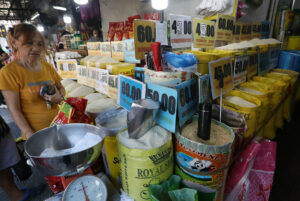Bio N and the Path to Balanced Fertilization in the Philippines
By JUNEP OCAMPO
“Napapagod na ang lupa.” The soil is getting tired.
From the rice terraces of the Cordilleras to the flood plains of Mindoro and the paddies of Mindanao, this weary lament echoes across the Philippine countryside. Filipino farmers are burdened by shrinking harvests and rising costs. And they speak of fields that no longer respond — even to increasingly expensive chemical fertilizers. Once a symbol of hope, many of these farmlands now yield barely 50 sacks of palay per hectare — half the target of the 1970s Masagana 99 program.
Agricultural scientists have sounded the alarm: the overuse of synthetic inputs — especially nitrogen-rich urea — is pushing the country’s soils into a state of exhaustion. The promise of immediate yield gains has masked deeper consequences: soil acidification, loss of beneficial microbes, and degraded soil structure. It’s a vicious cycle — more inputs, weaker results, higher costs.
Support authors and subscribe to content
This is premium stuff. Subscribe to read the entire article.













